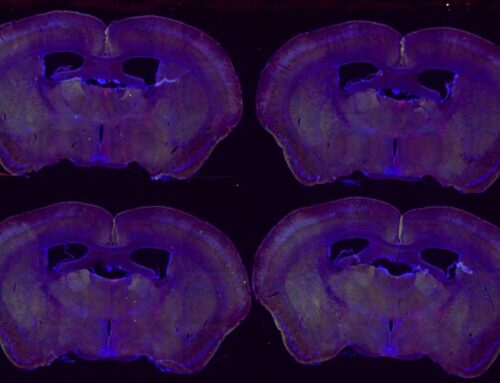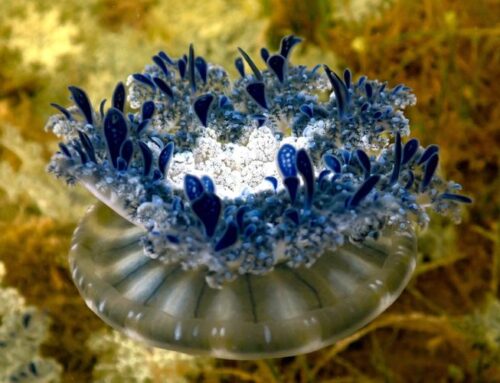Graduate Student Spotlight, Yufeng Wan
This month’s Graduate Student Spotlight highlights Yufeng Wan. A Graduate Student in the Garcia lab, Yufeng studies neurobiology and mating behaviors of males in C. elegans. Learn more about Yufeng and his work in this month’s Spotlight below.
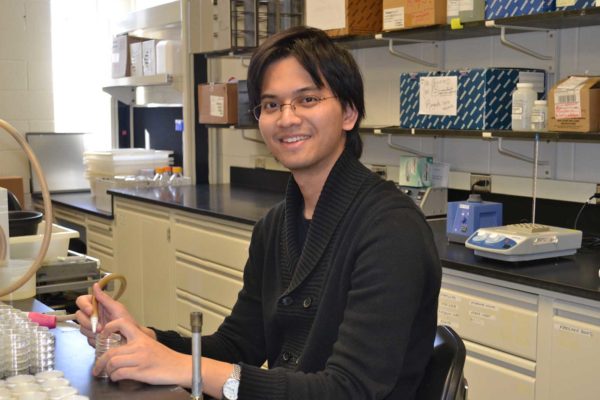
Yufeng Wan
I am a sixth year graduate student in Dr. Garcia’s lab. I finished my Bachelor’s of Science at Sun Yat-sen University in China. I was working under Dr. Jinhu Guo’s lab on the circadian clocks in Neurospora Crassa, as well as humans. I studied the mechanisms of the interactions between alternative splicing and the circadian clock. I also took part in the studies on the effect of mimicking or real space flight on the physiology and circadian clock of humans. At 2014, I joined the PhD program in Department of Biology, Texas A&M University.
I am studying the male mating behavior in C. elegans in Dr. Garcia’s lab. I am using fluorescent microscopy and computer modeling to study the modularity and variability of the C. elegans mating behavior. I am also interested in how shifts in glucose metabolism in aging males affect mating performance and endurance.
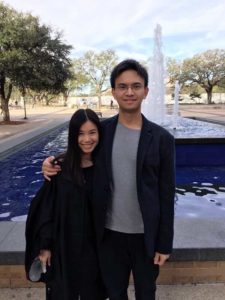
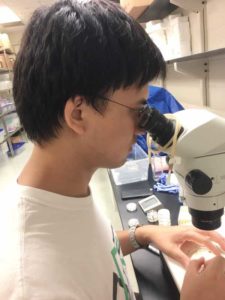

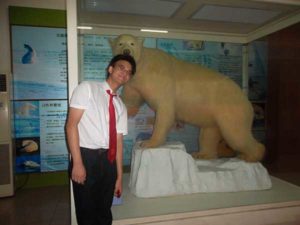
The best I got is “Do at least two things at a time, so if you failed one, you still have another.”
The best I found is actually “A life itself is great treasure.”
C. elegans II
Nematode Behavior
Neurobehavioral Plasticity
Modeling in the Neurosciences
New Kind of Science
The dictator’s handbook
The Satanic Mill
Anti Gravity
Space Chronicles
Isaac’s Storm
Idea Makers
Sherlock Holmes from Sherlock Holmes Series by Arthur Conan Doyle. I first read the series at 12. I was inspired by the beauty and power of observation and logic deduction in solving mysteries demonstrated by Sherlock Holmes, which is also the foundation for scientific discoveries.
Responsible, Cheerful
We have no intuitive explanation of consciousness, yet it is so close to us that we use it every day. I hypothesize there is continuity and discontinuity in the structure. I am hoping we can resolve the structure using neurobiology.
I am trying to dissect the mating behavior of C. elegans, a nematode, into different individual modules. Each module is a programmed set of sequential neuromuscular activity. With a confined repertoire, we hypothesize animals modulate behavior by transiting between and tuning behavioral modules. I am using fluorescent microscopy and computer assisted visualization and modeling to identify and quantify those modules. Using the connectome data, ultimately one can map the decision making network to the module transition dynamics to decode the mechanism of complex decision making.
I am also studying the effect of glucose metabolism on C. elegans’ male mating behavior. We discovered glucose catabolism is upregulated, correlating with the decreased mating performance in the aged males. We found a glucose catabolizing enzyme, hexokinase regulates mating circuitry cell non-autonomously from intestine, affecting calcium homeostasis and energy production. Our results suggest the upregulation of glucose catabolism in aging males is the result of the worm trying to balance mating performance with durability.
This is a very diverse department. The departmental seminars and SPRC are the best places where you can learn things that you may never know and be inspired by others.
You will never have enough time, even when you think you have. So carefully decide what you are spend it on.
Most of the neurobiology studies are focused on deterministic features, such as action potentials stimulated by sensory inputs. I believe higher functions of nervous circuits also relies on the probabilistic natures of the system, such as spontaneous firing. It has been difficult to study because large quantities of data and analysis are required. With the development of modern computers and artificial intelligence, we are even more capable right now to answer how the probabilistic nervous system generates complex behaviors.
The potential caveat for all model organism researches is that to which extent the mechanisms are conserved. But, I believe the ways of generating those mechanisms are very likely conserved throughout the nature. It is therefore crucial to try to look beyond the mechanisms and think about the path of evolution that leads to the mechanisms.




